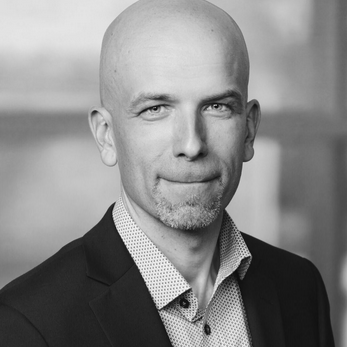Should you be giving your team beanbags and football tables if you want them to innovate better?
Well it might help but realistically you can’t put someone on the spot and expect them to come up with new ideas at the drop of a hat.
If you want an innovative organisation, you need to build an organisation that understands how to innovate. Trendy companies appear to achieve that by putting together really bright people and giving them those beanbags and football tables. Somehow innovation happens, it just appears out of nowhere while they’re having a play.
But innovation is not something that happens by accident. The reality is that innovation is something you can build through a process.
It all boils down to your organisational behaviour, whether you call that process, or flow, or ways of working – how are you managing that? The BT standard is built to provide the minimum viable governance needed to support your organisation to grow. Let us know if you’d like to hear more!
5 ways to make your IT more efficient
- OK, it’s always time to change in IT. But are you looking into updating your systems or updating your ways of working?
- Do your teams talk to the right people? Or do they make unilateral decisions and then tell IT/Business teams what they think is needed. Understand your engagement model.
- Take your time: it might seem counterintuitive but taking the time to understand what needs to be done means you’ll get to the end result, faster.
- Think about incremental changes: there’s no rule saying you need to change everything all at once – small continuous changes can often yield better results over time. This really applies well to cultural change, as you need to be committed to guiding over a long period of time.
- Talk to Xonetic. It’s our goal to make IT better for everyone. Get in touch to see how we can help you.
Family or team, which one are you?
When it comes to your business, are you a family or a team?
Think carefully about the answer – whilst a family culture might seem like the more inviting option, make sure you’re not inadvertently creating an unhealthy dynamic: sibling rivalries, mad uncles that no-one wants to talk to… you get the idea!
Team culture, on the other hand, encourages everyone to work together, to step up to the plate and perform at their best level. A team mentality encourages collaboration among staff members and encourages everyone to work together towards common goals.
Which one have you got… and how’s it working for you?
Managing change – when it pays not to rush it
It takes time for a different way of thinking to permeate through an organisation.
People need time to be exposed to new ideas. Sometimes they’ll say no straightaway to a new idea , then come back in six months and say, “you know what, I’ve realised that I hadn’t quite grasped exactly what you were saying and now I understand it, but can I learn a bit more?”
You might wish that you could explain the model and everyone immediately understands, but it takes time to permeate. And that’s okay: surely change is more effective when people have bought into it rather than having it imposed upon them?
Our clients who are implementing Business Technology often find that the best place to start is a handbook for the operating model. This can be distributed and read at leisure and it’s an inexpensive way of ensuring that everyone has access to the thinking around proposed changes.
Change is more sustainable when you go at the right speed. So think about a strategy that has activities at different speeds. This will ensure you provide support at key times through your adoption journey.
Xonetic
At its heart, digital modernisation is about improving your customer experience.
We define Digital Energy as the combination of highly digital and automated business applications and tools, combined with Industry leading ways of working, practices and techniques.
If you would like to understand more about our open-source best practice knowledge, training and IT advisory services then please drop in for a virtual coffee or register for a free seminar.












